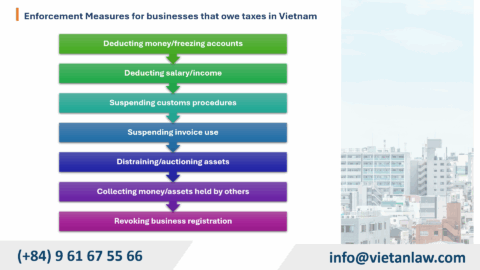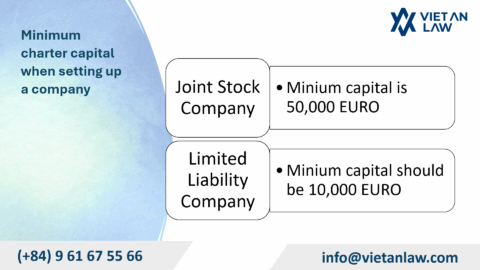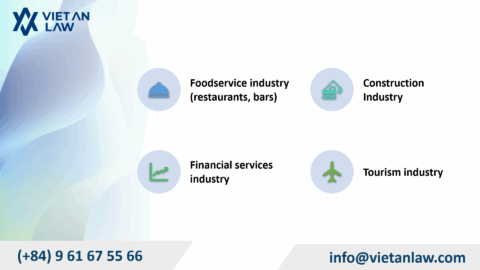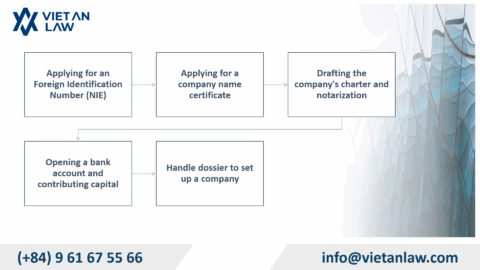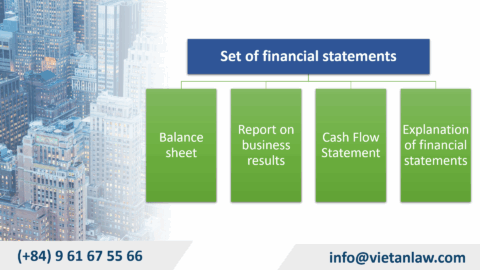According to the provisions of the Law on Enterprise 2020, the types of LLCs include: single-member limited liability company (LLC) and LLC with two or more member. By this article, Viet An Law summarizes the differences and similarities between these two types of enterprises.

Table of contents
| Criteria | A single-member LLC | A multiple-member LLC |
| Quantities of members | Only 1 member contributes capital who is the owner of the company. | There are 2 members to a maximum of 50 capital contributors and they are company owners. |
|
Procedure to increase or decrease the the company’s charter capital |
LLC increases its charter capital through the company owner contributing additional capital or mobilizing additional capital contributed by others. The company owner decides the form of increase and the rate of increase of charter capital.
In case of increasing charter capital by mobilizing additional capital contributed by others, the company must transform into a multiple-member LLC or a joint stock company. |
The company may increase its charter capital in the following cases:
The company can reduce its capital by redemption of the contributed capital of members. |
| Transfer of contributed capital | The company owner has the full right to transfer and dispose of all or part of the charter capital of the company.
|
If a member of the company wishes to transfer his/her contributed capital to another person, he/she must offer to sell that portion of capital to the remaining members.
The remaining members have the right to pre-emptive purchase within 30 days from the date of offering and then if the remaining members do not purchase, that member has the right to transfer to a third party with the same terms and conditions as offered to the remaining members. |
| Company structure | A Member Council is not required.
A single-member LLC owned by an organization is managed and operated by one of the following two models:
|
LLCs with two or more members have a Members’ Council, a Chairman of the Members’ Council, a Director or a General Director. |
| Respondibility for contributed capital | The company owner has responsible for the company’s debts and other property obligations to the extent of the company’s charter capital. | The members of the company have responsible for the debts and other property obligations of the enterprise within the amount of capital committed to contribute to the enterprise. |
Single-member LLCs and multiple-member LLCs are subject to stricter regulations than private enterprises or partnerships.
The capital mobilization of a LLC is restricted because it does not have the right to issue shares as a joint stock company.
Customers who are interested in the enterprise establishment procedure and legal issues related to the company, please contact Viet An Law for specific advice!
